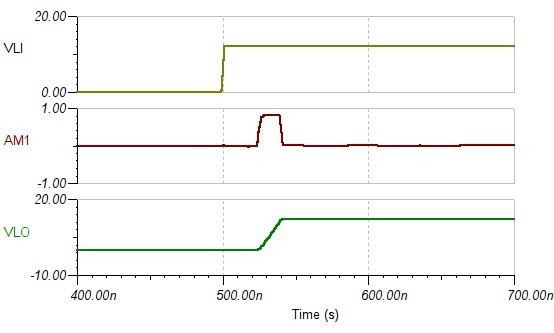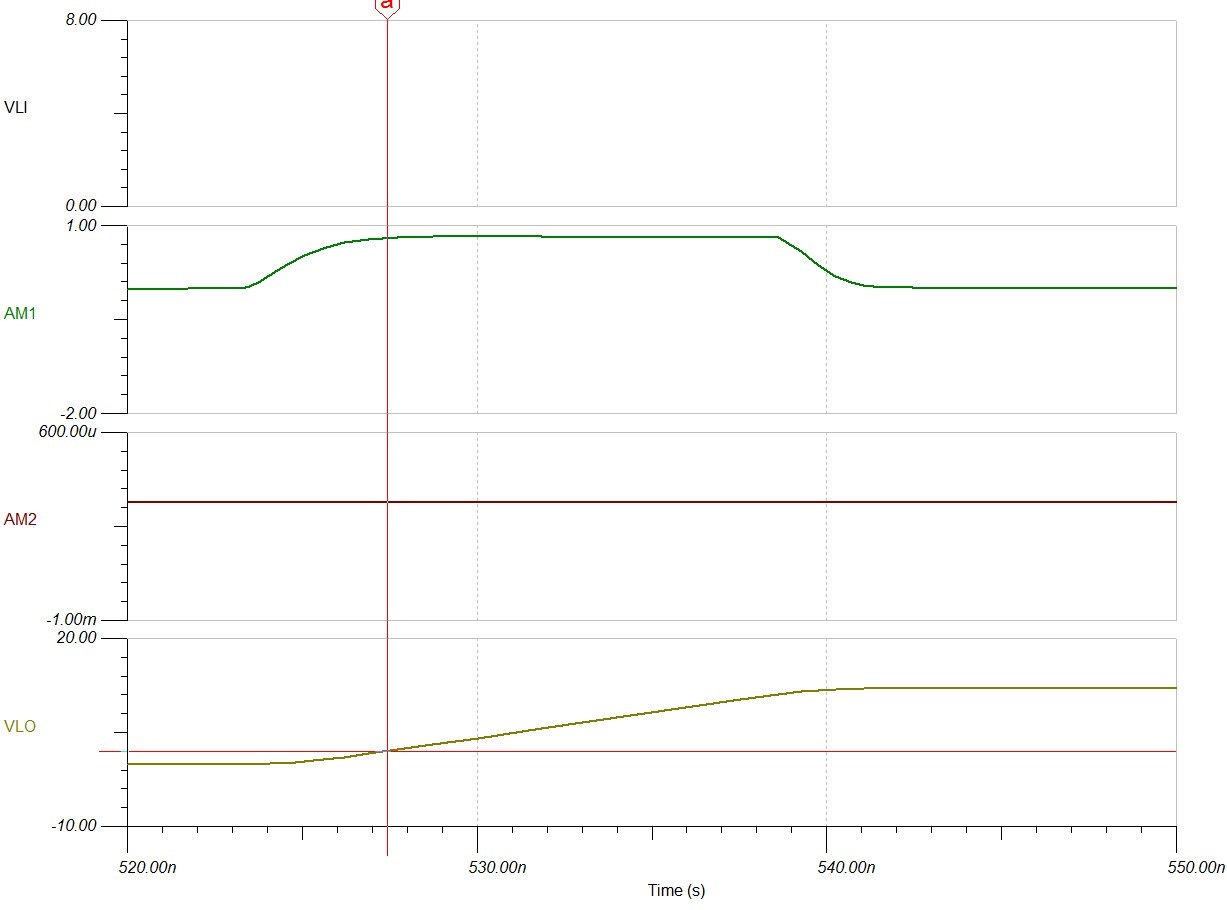I am perplexed with how to achieve the 4A rated current of the UCC27211 gate driver. I found in practice and then with simulation using TINA-TI that the driver tends to saturate at a lower current. Using TINA-TI I further noticed that the level of saturation current seems to depend somewhat on the capacitance of the load. I don't understand why this would be the case, or how the internals of the UCC27211 could accomplish this. My goal is to get the fastest switching speed possible and this saturation current is limiting. I think that the TINA-TI simulation is without parasitics. I have attempted to attach plots of various load capacitances and a screenshot of the simulation, which was taken directly from the website. Sorry for the different timescales, but I wanted to illustrate that current saturates at low values for low capacitances, thus increasing the switching time if that was a gate capacitance.
-
Ask a related question
What is a related question?A related question is a question created from another question. When the related question is created, it will be automatically linked to the original question.



